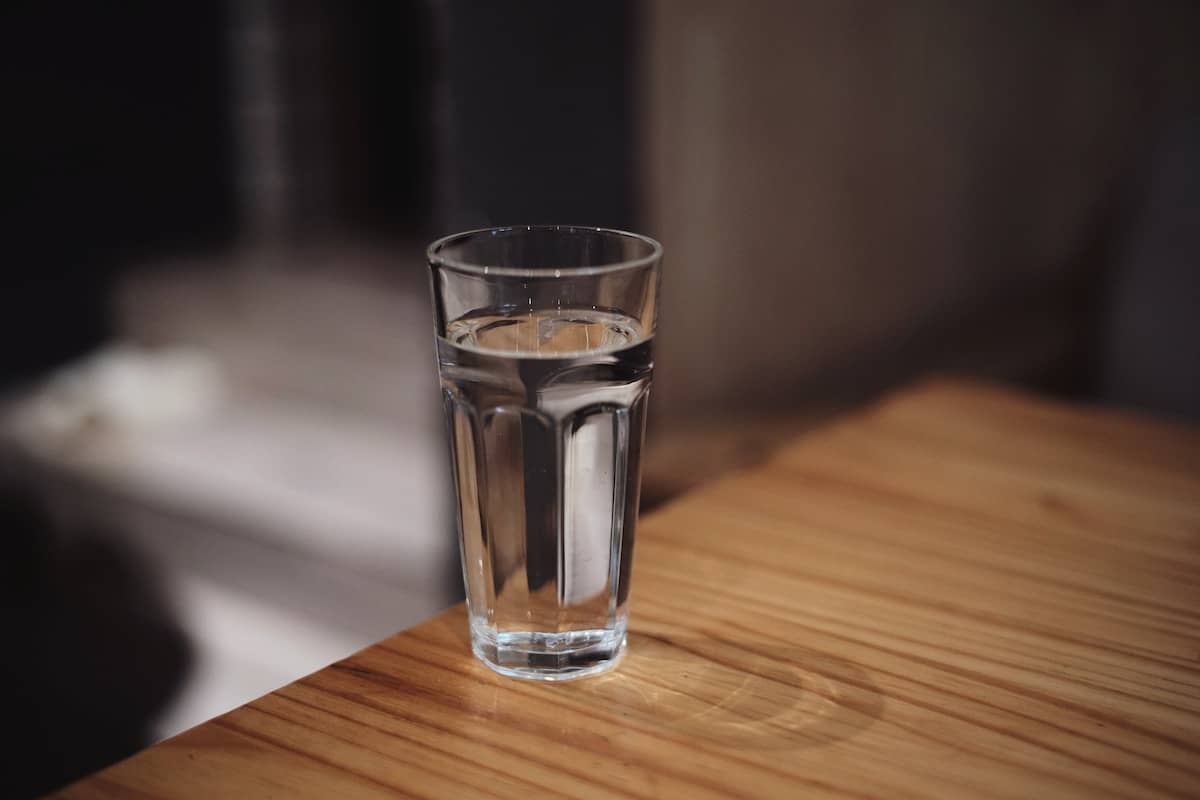For many people, the water cooler is more than just an office staple – it’s a hub of conversation and hydration. But have you ever paused mid-sip and wondered just how this device keeps your water so refreshingly cold?
Water coolers, though seemingly simple, have a rather clever system. They are specially designed to ensure that your water is both pure and chilled when you dispense it into your cup or water bottle. How do water coolers work? Let’s unravel the science and mechanism behind the everyday water cooler.
Bottled vs Plumbed-In
Firstly, water coolers are broadly categorised into two types:
- Bottled water coolers: Bottled water dispensers have a water bottle placed upside down atop the machine. As you might guess, the water you drink comes directly from this bottle.
- Plumbed-in coolers: Also known as Point-of-Use (POU) coolers, these are connected directly to the building’s water supply.
Read more: The Difference Between Bottled Water Coolers and Mains-fed Water Coolers
1 – The Filtration Process
Before the water makes its way to your cup, it goes through an essential purification phase. This is especially the case in plumbed-in coolers, where filters play a crucial role in making sure that the water you drink is free from contaminants and impurities. These filters trap and remove any unwanted particles, ensuring you get only pure, clean water.
2 – The Refrigeration System
Water coolers use a closed-loop refrigeration system. Here’s how it ensures your water is crisp and cold:
- The refrigerant: This is a liquid with a very low boiling point. It starts its journey as a gas.
- Compressing: The gas is compressed by a compressor, which causes it to heat up as it’s pressurised.
- Cooling down: The now-hot gas flows through coils at the back of the cooler, releasing its heat and turning back into a liquid.
- Expansion valve: The liquid refrigerant then passes through an expansion valve, dropping in pressure and temperature.
- Cooling the water: The cold refrigerant flows through coils in or around the water tank, absorbing the heat from the water. This cools down the water while the refrigerant becomes a gas again, ready to repeat the cycle.
3 – Dispensing: From Tank to Cup
With the water now cool, it’s ready for you to drink. When you press the spout or lever, gravity does its job (especially in bottled types). The water flows out, having been chilled to the perfect temperature.
Staying Safe and Hydrated
It’s important to ensure the cleanliness of water coolers. Regular maintenance, including cleaning the cooler and changing the filters, guarantees that the water remains safe to drink. Periodic checks and sanitisation will prolong the life of the cooler, along with preventing bacterial growth and other health risks.
Read more: Why You Should Provide Water in Your Office
Why Water Coolers are an Eco-Friendly Choice
Water coolers, especially the plumbed-in variety, have an edge when it comes to environmental consciousness. By providing filtered tap water, these machines cut down on the need for single-use plastic bottles, which are notorious for their environmental impact.
As a result, this reduction in plastic waste is not only beneficial for our environment but also promotes a more sustainable approach to our hydration needs. By choosing a water cooler in communal spaces, businesses and institutions can play a pivotal role in reducing their carbon footprint.
An Economical Solution to Hydration
Modern water coolers have come a long way in terms of energy efficiency. Manufacturers are now more conscious than ever about the environmental impact and the cost implications of running these machines.
- Energy star ratings: Many water coolers today come with energy star ratings, indicating their energy efficiency. Such coolers consume less electricity, ensuring that while you enjoy a cold sip of water, you’re also saving money.
- Insulation advancements: The improved insulation in newer water cooler models ensures that the water remains chilled for longer periods, reducing the frequency of the cooling cycle and in turn, electricity consumption.
- Sleep modes: Some advanced water coolers are equipped with a sleep mode. This feature detects periods of non-use, especially during the night or weekends in office settings, minimising power usage.
Now you know how they work and their environmental and economic benefits, is it time to invest in a water cooler for your workplace, school, or home? At Drink Works, we provide water coolers to rent or buy to a wide range of industries throughout London. Call us on 020 8429 1314 to find out more.
